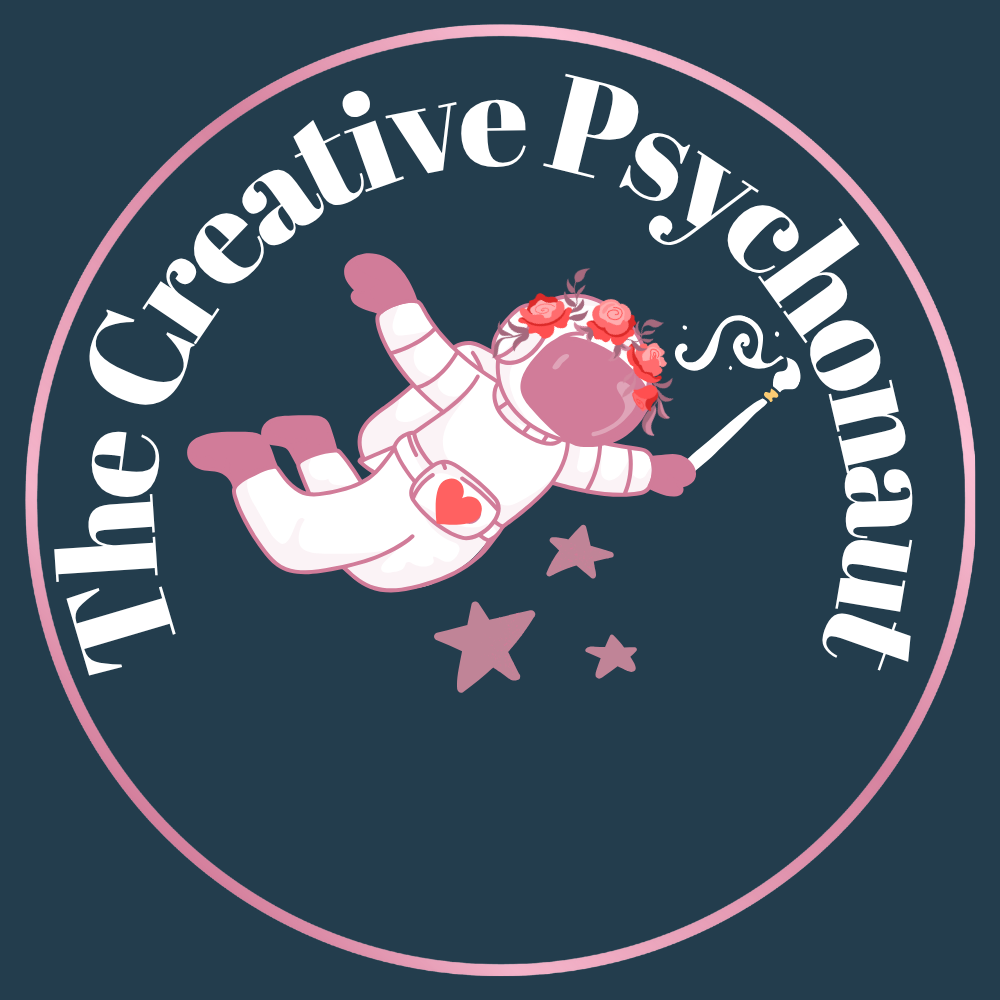When the Medicine Says "Quit Vaping"—And You Still Can’t
You’re in ceremony—open, present, humbled.
And then the message comes in, loud and clear:
“It’s time to quit.”
No shame. No judgment. Just truth.
You know exactly what it’s pointing to—your relationship with that vape. The one you reach for when you’re anxious, bored, stressed, or just... there. The one you swore you'd quit already, more than once.
And for a moment, in that sacred space, you feel ready.
You see how vaping pulls you out of your body. How it clouds your clarity. How it keeps you tethered to a loop you’re ready to break.
But then you come home.
And the real challenge begins.
Why Quitting Vaping Is So Hard—Even After You’ve Had the Download
Here’s the science-backed truth: Nicotine is one of the most addictive substances on Earth.
Vaping delivers high doses of nicotine rapidly to the brain, reinforcing a deep habit loop in your nervous system. It’s not just a “bad habit”—it’s a neurobiological pattern.
Psychedelics may give you insight, but they don’t erase the physical dependency.
The medicine cracks the door open—but you still have to walk through it.
What Happens in Your Brain
Nicotine hijacks the dopaminergic reward system—the part of your brain that governs motivation and pleasure. Every time you vape, your brain releases a hit of dopamine. That hit becomes tied to certain triggers: waking up, driving, after meals, feeling anxious.
Even when you want to quit, those cues fire off like clockwork.
And here’s the kicker: Psychedelics increase neuroplasticity, which means you’re actually more capable of rewiring those habit loops right after a journey—if you take intentional action during that window.
5 Real Steps to Break Free from Vaping
1. Create a "Post-Journey Quit Plan"
Don’t wait for willpower to kick in. Make a plan while you're still connected to your insight. Choose a quit date (ideally within 3–7 days of your journey) and clear out your devices.
2. Understand the Triggers
Use a notebook or app to track every time you reach for the vape. What’s the cue? What are you feeling? Get curious, not judgmental.
3. Replace the Ritual
Vaping is often less about nicotine and more about the ritual. Replace it with something tactile and grounding: a breath practice, herbal tea, chewing ginger or cinnamon sticks, essential oils, walking meditations.
4. Support Your Nervous System
Nicotine withdrawal can create anxiety and irritability. This isn’t weakness—it’s biology. Use nervous system tools daily: vagal toning, somatic shaking, breathwork, meditation, yoga, going for walks…
5. Get Accountability and Support
This is the game changer. Studies show that people trying to quit nicotine are significantly more successful with social support or coaching. You don’t have to do this alone. In fact, you’re not supposed to.
Healing Happens in Community
You were never meant to fight this battle in isolation. If plant medicine showed you the truth, then integration is how you honor it.
That means walking it out—day by day—with the tools, support, and systems that make lasting change possible. When you quit in community—with others who’ve walked through fire and chosen clarity—you’re more likely to succeed, and you’re less likely to relapse.
Vaping Numbs. Quitting Wakes You Up.
Let’s be honest: most people vape to disconnect from discomfort.
But plant medicine invites us to be with life—in all its intensity. To stay open, present, and clear.
Quitting isn’t just about avoiding harm.
It’s about choosing wholeness.
It’s a reclaiming. Of your breath. Your brain. Your sovereignty.
Ready to Answer the Call?
If you’re holding the insight and struggling with the follow-through, I offer psychedelic integration coaching and support specifically designed for people like you—brave, wise, and human.
Let’s build a plan to quit—together.
You don’t have to go back to the fog. There’s a clearer, brighter way forward.

